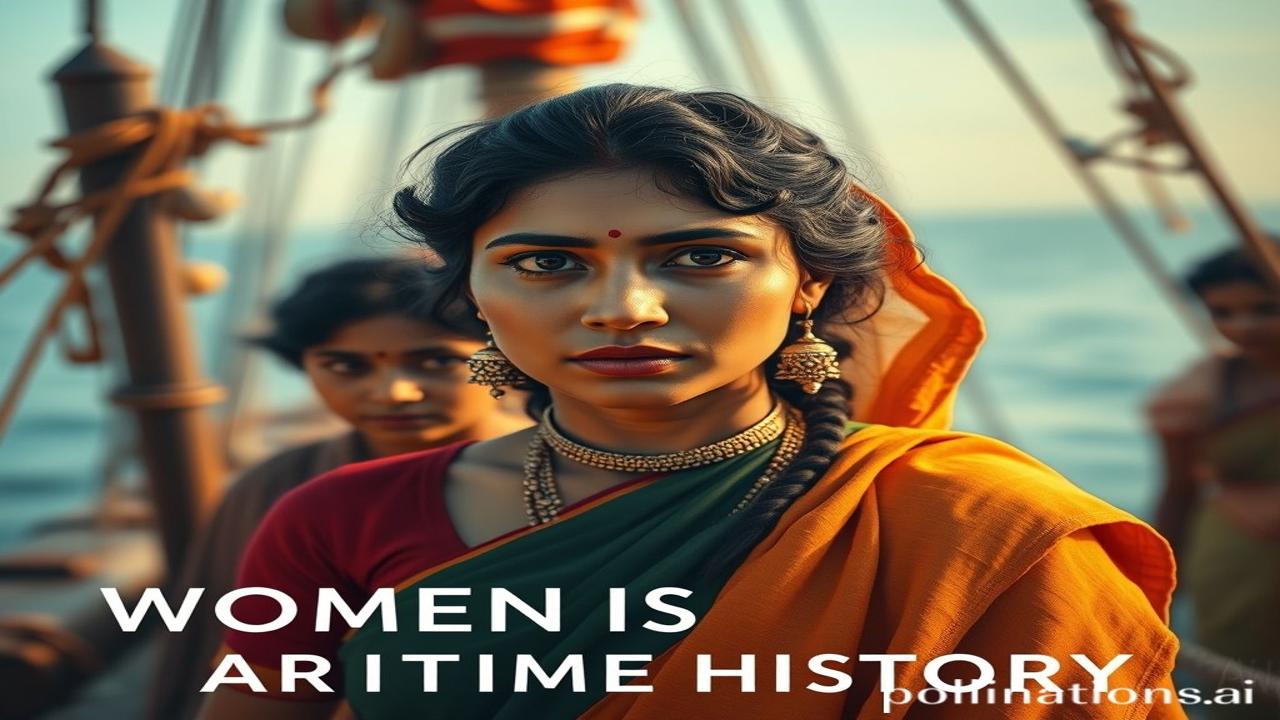Resham Dori Se Bandhi Parampara: Women in Indian Classical Arts
Kabhi aankhen band karke socho, ek mandir ka aangan… Dhool bhari hawa mein agarbatti aur phoolon ki mehak. Nange pairon se pathar ki thandi zameen ko mehsoos karo. Aur phir, suru hoti hai ghungroo ki aawaz… ek aawaz jo sadiyon se sunayi deti aa rahi hai. Ye aawaz hai un mahilaon ki, jinhone Indian Classical Arts ko apne khoon aur paseene se seencha hai. Ye kahani hai unki shakti ki, unki kala ki, aur unki adamy dharohar ki.
Indian Classical Arts: Ek Nazar Itihas Pe
Indian Classical Arts, koi ek cheez nahi hai. Yeh ek umbrella term hai jismein music, dance, drama, aur sculpture jaise art forms shamil hain. In sabka janm Bharat mein hua aur ye sabhi yahan ki sanskriti, dharm, aur darshan se jude hue hain. These arts are not just entertainment; they are a way of life, a way of connecting with the divine.
Inki kahani hazaron saal purani hai, starting from the Natyashastra written by Bharat Muni around 200 BCE to 200 CE. This ancient text is considered the Bible of Indian Classical Arts. Ismein dance, drama, music, aur stagecraft ke bare mein details hain.
But why are these arts important? Because they reflect the soul of India. They tell stories of gods and goddesses, kings and queens, heroes and villains. They teach us about dharma, karma, and moksha. They remind us of who we are and where we come from.
Zameeni Sach: Rani Se Lekar Daasi Tak
Socho, ek raani apne mahal mein baithi hai. Heeron se jadi uski anguliyan, taar ke saaz ko chhed rahi hain. Uske suron mein dard hai, pyaar hai, aur aasha hai. Woh khudko bhul jaati hai us kala mein…
Phir socho, ek daasi mandir ke aangan mein nach rahi hai. Uske pairon mein ghungroo baj rahe hain. Woh bhagwaan ko prasan karne ke liye nach rahi hai, khudko bhulne ke liye nach rahi hai. Uske har ek mudra mein kahani hai.
Rani ho ya daasi, har mahila ne Indian Classical Arts mein apna yogdaan diya hai. Some were patrons, supporting artists and commissioning new works. Some were artists themselves, creating masterpieces that are still admired today. Aur kuch, sirf audience thi, kala ki taqat ko mehsoos karne waali.
Kabhi socha hai ki ek Kathak dancer apne ghungroo se kya kehti hai? Ya ek Bharatanatyam dancer apne hatho ke mudra se kya byaan karti hai? Ye bina bole kahaniyan hain. Unki mehnat, unka samarpann, aur unka jazba, unki kala mein saaf dikhta hai.
Dharohar Aur Pehchaan: Aaj Ki Tasveer
Aaj bhi, Indian Classical Arts zinda hain. We see them in our festivals, our temples, our schools, and our homes. Aaj bhi mahilayein is parampara ko aage badha rahi hain. They are teaching, performing, and creating new works that build upon the legacy of their ancestors.
In arts se humari Bharatiyata juddi hui hai. They are a symbol of our identity, our heritage, and our pride. Ye humein yaad dilati hain ki hum kaun hain aur hume kahan jaana hai. Ye humari pehchaan hain, aur humein isse bachana hai.
Mazedar Tathya Ya Bhram-Bhanjak
Log samajhte hain ki Indian Classical Arts sirf mandiron mein hi hote the. Lekin asli sach yeh hai ki ye shahi darbaron aur aam logon ke gharon mein bhi popular the. In fact, many of the ragas and dances that we know today were developed in the courts of kings and emperors.
Another interesting fact: Did you know that some of the earliest known sculptures of dancers in India are those of women? Ye dikhata hai ki women artists ki importance shuru se hi thi.
Drishya Aur Bhavnaayein
Mandir ki deewaron par bane hue chitr sooraj ki roshni mein chamak rahe hain. Hawa mein sandal ki mehak hai. Mandir ke ghanton ki aawaz se dil bhar aata hai. Aur phir suru hota hai dance…
Dancer ke ghungroo, zameen ko chhoote hain. Uske haath, asmaan ko chhoote hain. Uski aankhein, dil ki gehraiyon tak pahunchti hain. Ye sirf ek dance nahi hai; ye ek anubhav hai. Ye ek prarthana hai. Ye ek kahani hai.
Antim Vichar Ya Uddharan
“Yada yada hi dharmasya glanirbhavati bharata, Abhyutthanamadharmasya tadatmanam srijamyaham.”
(Whenever there is a decline in righteousness and an increase in unrighteousness, O Arjuna, at that time I manifest Myself.)
Just like the divine manifests to restore dharma, these women in Indian Classical Arts manifest their shakti to preserve and promote our cultural heritage. They are the guardians of our past, and the architects of our future. Unko salam!
